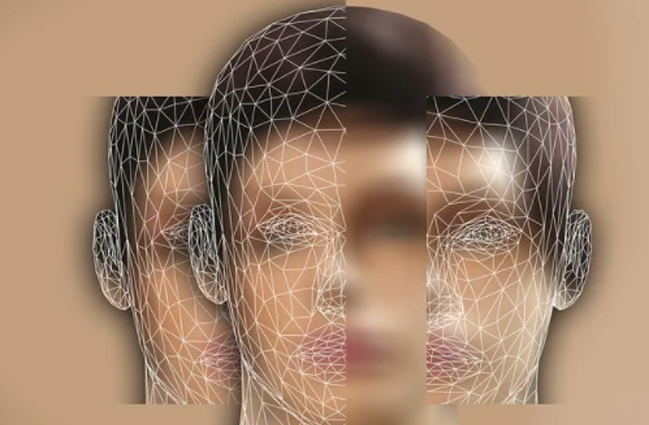|
|
“One of the unpardonable sins, in the view of most people, is for a man to go about unlabeled. The world regards such a person as the police do an unrestrained dog: not under proper control.” (T.H. Huxley, Evolution and Ethics, 1893).
The American Psychiatric Association’s Diagnostic and Statistical Manual of Mental Disorders (DSM) is a widely used system for classifying Psychological Disorders.
Diagnosing Problems
The very idea of “Diagnosing” people’s problems in terms of their symptoms “presumes a medical illness.” As a result, some practitioners are not enthralled with this medical terminology. But most find the classifications to be helpful and a practical tool. DSM is included in the World Health Organization’s (WHO) International Classification of Diseases (ICD),
30% Disorder Rate
The classifications of disorders has swelled from 60 in the 1950s DSM to over 400 in today’s DSM, and includes a wide range of behaviors from irrational fear of humiliation and embarrassment (Social Phobia) to persistently breaking rules at home or school (Conduct Disorder). The number of adults who meet the criteria for at least one disorder is nearly 30 percent (2007).
Some critics have disagreed with the Manual for “casting too wide a net” and bringing almost any kind of behavior within the compass of Psychiatry (Eysenck Et al., 1983).
Arbitrary Labels
The DSM has other critics who feel there is a more serious problem. They maintain that these labels are at best frivolous and at worst a capricious attempt to assign a scientific value to a guess. Once we put a label on a person, we view that person differently (Farina, 1982). Labels create biases that can color perceptions and thence interpretations. It is preferred, some clinicians say, to study the roots of specific symptoms, such as distorted thoughts or perceptions, than to study catchall categories, such as “Schizophrenia” (Persons, 1986).
Stealthy Experiment
In a controversial demonstration of the biasing power of diagnostic labels, David Rosenthal (1973) and seven others went to a mental hospital admissions office, complaining of hearing sounds and hearing voices. Apart from giving false names and occupations, they answered questions truthfully. All eight of them were diagnosed as mentally ill.
It is not surprising that these normal people were misdiagnosed. As one psychiatrist noted, if someone swallowed blood, went to an emergency room and spat it out, would we fault the doctor for diagnosing a bleeding ulcer?
Normal Behaviors Suspect
But, what followed the diagnosis of the eight was startling. Until their release, an average of 19 days later, the “patients” showed no further symptoms, yet the clinicians were able to “discover” the causes for their disorders, such as reacting to mixed emotions about a parent, after analyzing their (quite normal) life histories, even the routine behavior of taking notes was misinterpreted as a symptom.
This report is not a diagnosis. We hope this information can guide you toward improving your life.
Review our Knowledge Base or the links displayed on this page for similar and related topics.

